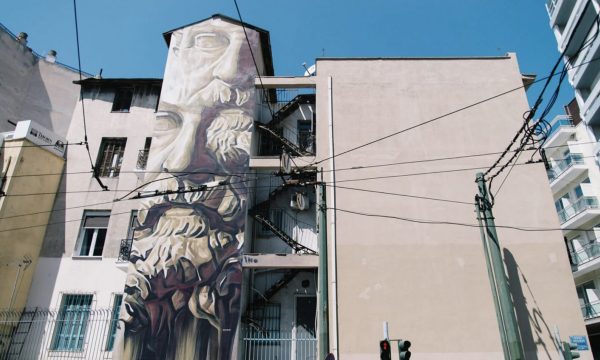How e-mobility is reshaping the automotive industry
We are at the dawn of a shift from measuring vehicle energy efficiency in liters of fuel per 100 kilometers to kilometers per millivolt. This is much more than a semantic change. It speaks to the way cars and trucks will be manufactured in the future and how they will operate.
What does this mean? The recent COVID-19 crisis has shown all of us the importance of maintaining a healthy environment. Government regulations, lower vehicle costs, more expansive charging networks, and an overall superior customer experience are all driving the growth of electric vehicles (EVs).
The supply chain for EVs is much simpler than for gasoline vehicles, using only about 3,000 to 10,000 parts per vehicle, down from the 30,000 needed vehicles with a traditional powertrain. All the major automakers have committed publicly to an electric future. All of this means that a shift away from internal combustion engines and toward EVs will increase the 2 million or so EVs sold in 2018 by a factor of 10 in the coming decade.
For technology companies this evolution has massive implications. For starters, electrification is about much more than the car and its components. It spans an ecosystem that includes everything from the battery chemistry, the battery makers, the automakers, the charging infrastructure, the smart energy grid and even the very source of power generation – all markets that are heavily served by analog innovation.
Our view is that every part of the value chain must be sustainable, environmentally friendly and ethical. For the battery itself, which depends on analog technology to manage battery formation and test, precision battery management, isolation, powertrain inversion and energy storage, this also means ethical practices even for the battery chemistry.
For this reason, we see a growing trend toward battery chemistries such as lithium iron phosphate (LFP), which is not only cheaper and safer than other chemistries, but is zero cobalt, meaning it totally avoids the ethical issues surrounding cobalt mining.
Furthermore, about a third of the cost of an electric car comes from the battery itself, which means the battery is then not just the determining factor governing the range of the vehicle, it’s actually a valuable asset in the vehicle. What does the industry do with that asset? One approach is to develop technology that leads the battery life cycle “journey” all the way from battery formation through its second life.
For example, the useful life of the battery is determined by several factors that extend beyond how well it is made. What were the precise conditions during cell formation? How carefully was the cell handled at the warehouse, during transportation and during battery-pack manufacturing and assembly? What were the conditions during its operation in the vehicle and over the road?
Technology is developed to understand the state of health of the battery cell through operation to determine how the battery cell might be used in second-life applications, for instance powering an airport shuttle, a forklift or an electric bike, storing energy from renewable sources like wind and solar or ending up as a cell in the vehicle charging network.
The decision to treat batteries as a quasi-renewable asset means fewer resources end up in landfills. And, during operation, there is the benefit of saving carbon emissions from the atmosphere.








